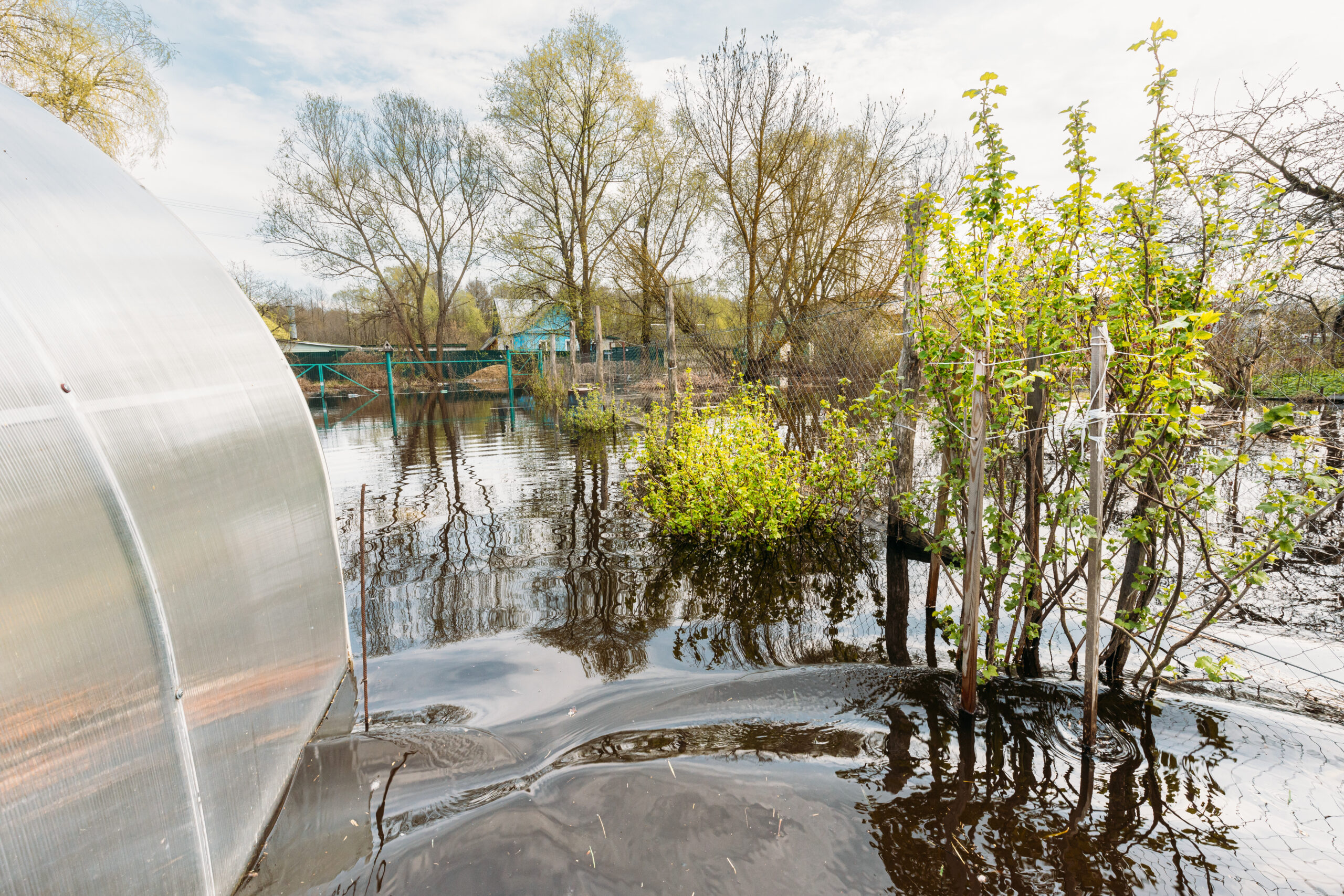8.3 Extreme Conditions

8.3 Extreme Conditions
Understanding Environmental Challenges
The grow bag gardening system offers unique advantages when facing extreme environmental conditions that would typically devastate traditional gardens. Unlike fixed growing spaces, this system’s inherent adaptability allows gardeners to respond quickly to environmental threats and maintain productive growing spaces even in challenging circumstances. Understanding how to leverage these advantages while managing potential vulnerabilities is crucial for successful cultivation in extreme conditions.
Cold Weather Management
Cold weather presents significant challenges for any growing system, but grow bags offer distinct advantages in frost protection. Unlike traditional in-ground gardens, entire plantings can be quickly relocated indoors or to protected areas when freeze warnings occur. During extended cold periods, grow bags can be clustered together to create thermal mass, wrapped for insulation, or moved to take advantage of microclimates against buildings or walls. However, grow bags are more vulnerable to root freezing due to their above-ground exposure, requiring additional monitoring and protection strategies during extreme cold snaps.
Heat Stress Adaptation
Extreme heat poses unique challenges for grow bag systems, particularly regarding soil temperature and moisture retention. While traditional gardens benefit from the earth’s natural insulation, grow bags can experience rapid temperature fluctuations. However, this challenge becomes an advantage through strategic placement – bags can be moved to shaded areas during peak heat, positioned to protect each other, or elevated to improve air circulation. The system’s portability allows growers to adapt quickly to changing conditions throughout the day, protecting plants during the hottest hours while maximizing sun exposure during cooler periods.
Water Scarcity Solutions
In regions facing water scarcity, grow bag systems demonstrate remarkable efficiency when properly managed. The contained growing environment allows for precise water application and retention strategies that would be difficult to implement in traditional gardens. Drip irrigation systems can be easily installed and modified, while moisture-retaining additives can be incorporated into the growing medium. However, the limited soil volume means more frequent monitoring is necessary to prevent drought stress. The ability to quickly relocate plants to shadier locations during drought conditions provides an additional management tool unavailable to traditional gardens.
Flood Protection Strategies
During flooding events, grow bag gardens showcase one of their greatest advantages – mobility. While traditional gardens can be completely destroyed by flood waters, grow bag systems can be quickly elevated or relocated to higher ground. The contained growing environment also prevents soil contamination from flood waters, a significant concern for in-ground gardens in flood-prone areas. Additionally, the excellent drainage characteristics of grow bags help plants recover quickly from excessive rainfall events, provided they’re positioned to allow proper drainage.
Security and Theft Prevention
Urban gardeners often face security concerns that traditional gardens can’t address. The portability of grow bag systems allows valuable crops to be moved to secure locations during high-risk periods or overnight. Expensive plants, rare varieties, or nearly-mature crops can be protected more easily than in conventional gardens. However, this same portability means the entire garden could be removed by thieves if not properly secured, requiring thoughtful security measures and monitoring systems.
Mobility Advantages
The system’s mobility extends beyond emergency response to offer daily growing advantages. Plants can be rotated to follow optimal sun patterns, moved to protected areas during severe weather, or relocated seasonally to maximize growing conditions. This flexibility allows gardeners to maintain productive growing spaces in locations where traditional gardens would be impossible or impractical. The ability to quickly reconfigure growing spaces also enables rapid adaptation to changing circumstances or seasonal requirements.
Space Optimization
Unlike traditional gardens that require permanent dedicated space, grow bag systems can be expanded, contracted, or completely relocated as needs change. This flexibility allows gardeners to maximize limited space by moving plants to follow seasonal sun patterns or to make room for other activities when needed. Vertical growing options can be easily implemented and modified, while the ability to quickly reorganize the growing space helps optimize production in restricted areas.
Resource Management
Managing resources in extreme conditions becomes more efficient with a grow bag system. Water usage can be precisely controlled, growing medium can be easily amended or replaced, and nutrients can be targeted specifically to each plant’s needs. The contained environment allows for better control over soil conditions and fertility, though it requires more frequent monitoring and adjustment than traditional gardens. The ability to quickly isolate and address problems helps prevent the spread of diseases or pests through the garden.
Long-term Resilience
Building long-term resilience into a grow bag garden requires different strategies than traditional growing methods. While lacking the stability of in-ground gardens, these systems offer unparalleled flexibility in responding to changing conditions. Success depends on developing comprehensive management plans that account for local challenges while taking full advantage of the system’s mobility. Regular monitoring, maintenance, and adaptation of growing strategies help ensure continued productivity regardless of environmental challenges.

